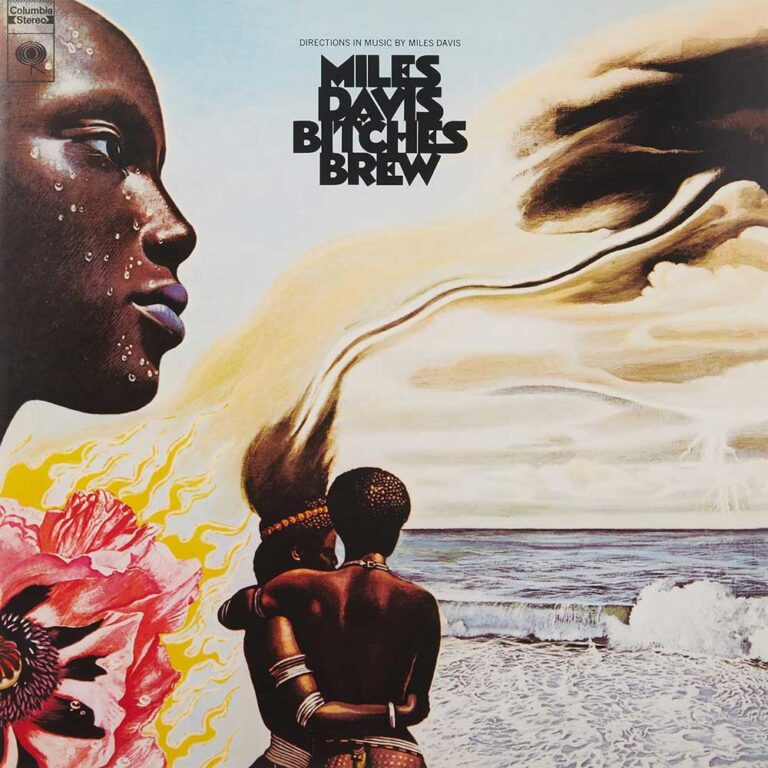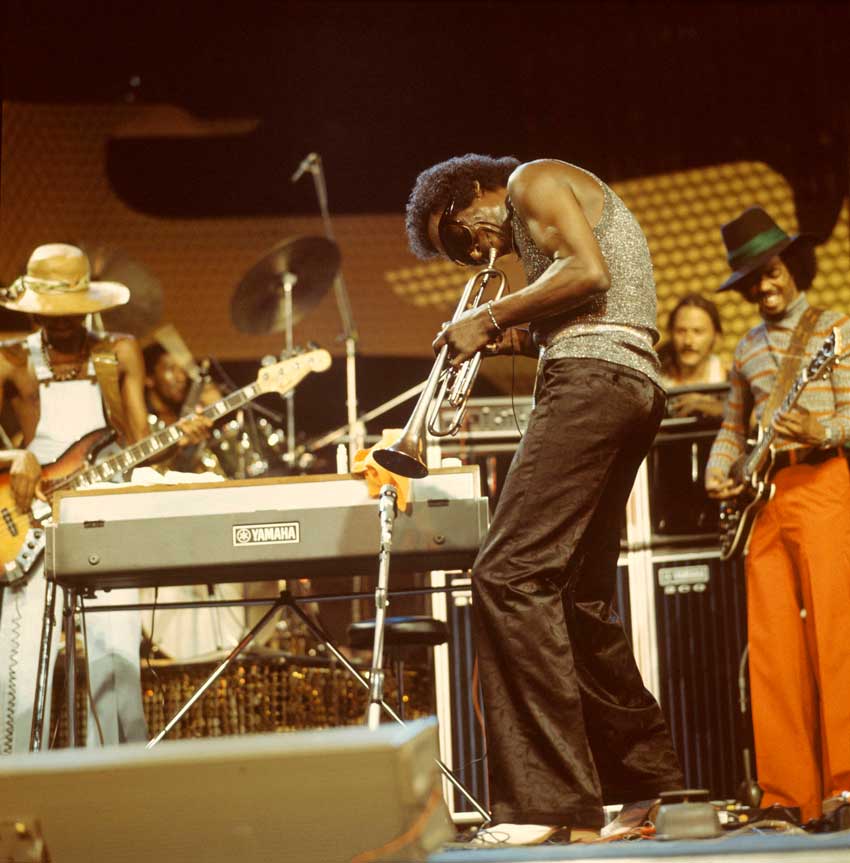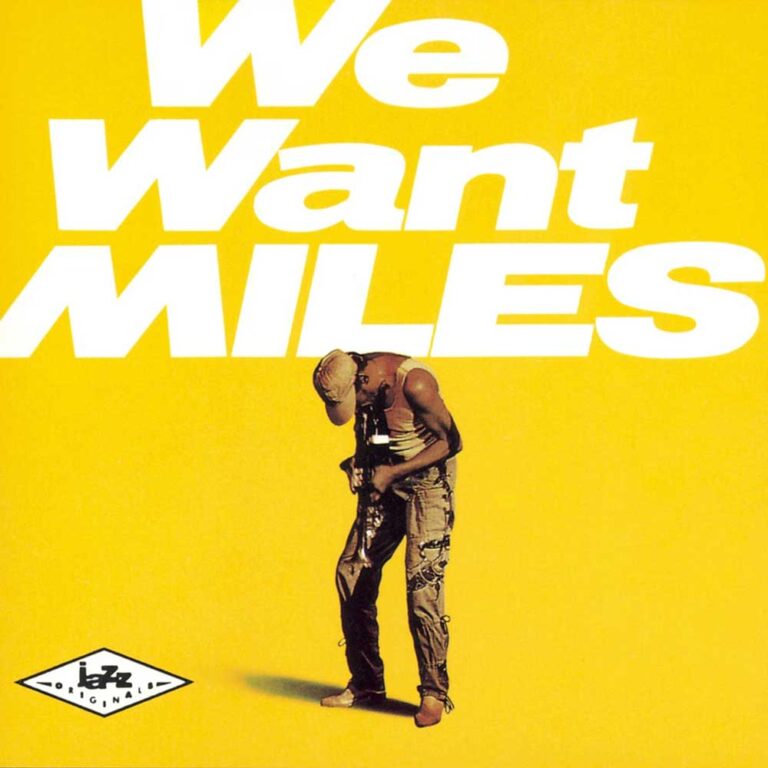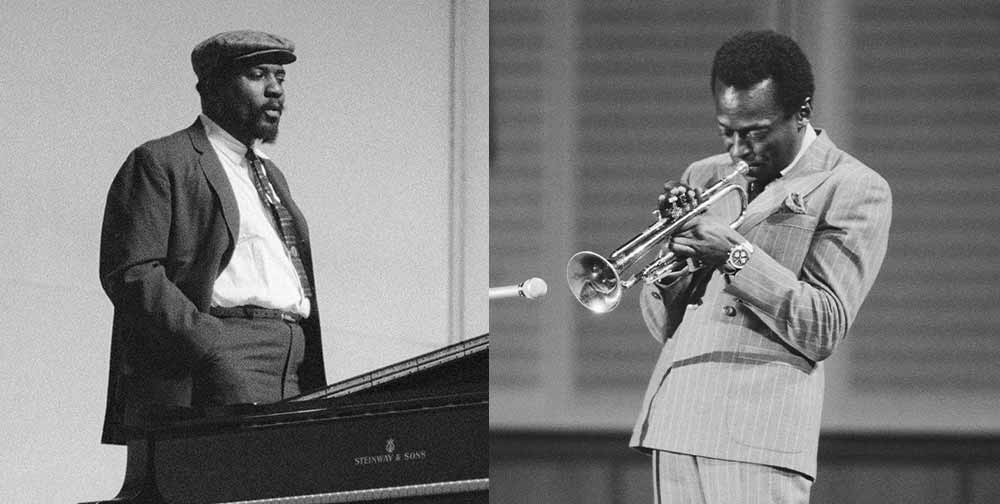In his autobiography, Miles Davis described first hearing drummer Al Foster at the Cellar Club on New York’s 95th Street in 1972: “He knocked me out because he had such a groove and he would just lay it right in there. That was the kind of thing I was looking for. Al could set it up for everybody else to play off and just keep the groove going forever.”
With Jack DeJohnette announcing to Miles he was about to leave his band that year, Davis knew right away who to turn to. Foster, who passed away on 28 May 2025, was invited into Miles’ band at a pivotal moment as he expanded the experimentations in jazz fusion that had begun on 1969’s “In A Silent Way” and continued with 1970’s monumental success “Bitches Brew”.

MILES DAVIS Bitches Brew
Available to purchase from our US store.Starting with “In Concert” at Philharmonic Hall in September 1972, Foster was Miles’ trusted drummer throughout his subsequent electric era. With an intuitive understanding of Miles’ innovative and unpredictable playing, he provided the rhythmic pulse and nuanced interplay on such famous studio and live albums as “Get Up With It” (1974), “Agharta” (1975), and “Dark Magus” (1977).

Born in Richmond, Virginia, Aloysius Foster got his big break when he was invited into trumpeter Blue Mitchell’s Quintet during their residency at Minton’s Playhouse in Harlem, where he had moved to as a child. The year was 1964 and Blue Mitchell, who’d released seven albums on Riverside, had just been signed by Alfred Lion at Blue Note. It was at Rudy Van Gelder’s studio on 30 July, 1964 that Foster made his recording debut on the album “The Thing To Do” with Blue Mitchell Quintet.
The following July, the trumpeter took Foster and his Quintet (bassist Gene Taylor, pianist Chick Corea and tenor saxophonist Junior Cook) back to Van Gelder Studio for his best known album.

BLUE MITCHELL Down With It! LP (Blue Note Tone Poet Series)
Available to purchase from our US store.The soulful Mitchell found the perfect drummer in Al Foster whose trademark ride cymbal and swinging rythmns propel the Quintet’s famous version of the R&B number “Hi Heel Sneakers”. It would bring Al Foster to a new audience through the acid jazz scene of the early 1990s, slotting in perfectly next to Lee Morgan’s “Sidewinder”. Foster stayed with Mitchell for the next three years before appearing on important albums for everyone from Larry Willis to McCoy Tyner alongside his fusion and jazz-funk albums as a leader, “Mixed Roots” (1978) and “Mr Foster” (1979).
When Miles went on hiatus in the mid-1970s, Foster was one of the few musicians to keep tight with him. For his return in 1981 with the Teo Macero-produced album “The Man with the Horn”, Foster joined Miles’ new band that included bassist Marcus Miller, reedsman Bill Evans (not the famous pianist), and guitarist Mike Stern with percussionist Mino Cinelu joining for the upcoming live shows.
These were the players that Foster took to the stage with at Boston’s Kix Club on 26th June 1981 for Miles’ first live performance in five years. The first night of a four-date residency, it was scheduled by Miles as a warm-up for a show at Kool Jazz Festival in New York on 5 July at Avery Fisher Hall.
The shows were arranged with the help of jazz club impresario Fred Taylor, founder of Boston’s The Jazz Workshop and Paul’s Mall, where Miles had played a number of times. The venue Taylor suggested to Miles was Boston’s Kix club, a location in a converted garage that had formerly housed a rock venue called the Psychedelic Supermarket – an appropriate setting for Miles’ return.
And what a return it would be. “On opening night, Miles drove to the club in his yellow Ferrari, accompanied by his wife-to-be, actress Cicely Tyson,” wrote Richard Vacca, author of “The Boston Jazz Chronicles”. “There was Miles, now with a moustache and beard, stylish as always in a black jump suit… and the place went crazy, with chants of ‘We want Miles!’ Inside, Kix was electric with anticipation, and Miles stepped on stage to a sustained standing ovation.”
The crowd’s chants would become the title of his first live album since “Dark Magus” in 1977. It was recorded largely at Kix, with two tracks from the Avery Fisher Hall concert and Tokyo’s Shinjuku Nishi-Guchi Horoba on 4 October during Miles’ first Japan tour since 1975.

MILES DAVIS We Want Miles
Available to purchase from our US store.From the second set of the first night of the Tokyo residency, “Jean-Pierre” is the opening number of the Teo Macero-produced “We Want Miles”. A funky fusion number named after the son of Miles’ first wife, Frances Taylor, it became his regular live show finale. Then comes the only other non-Kix recording, “Back Seat Betty”, one of the standout tracks from “The Man With The Horn”. Listen to Foster’s playing and you can hear why he was known as an anchor for Miles’ band – but he was also their sail, propelling them in all kinds of directions.
It’s the Kix recordings that really shine here. It was a venue Miles and this band loved and that comes through on every note. “Kix was some of the best nights. It was a very small club and we had that contact with the people – they were so close,” Mino Cinelu told George Cole in his book “The Last Miles”. “Plus we were really all carrying Miles, helping him, because his health wasn’t too good at the time.” Through the set you can hear Miles gathering strength with each blow.
The Kix section opens with “Fast Track”, a 15-minute adaptation of “Aida” from “The Man With The Horn”. The crowd’s applause as Miles puts his horn to his lips evokes the sense of anticipation in the hall that night. Back to the height of his powers, Miles’ playing is matched by Foster’s powerful, rhythmically precise yet complex drumming, Miller’s funky pluck and slap bass, Mike Stern’s scorching Yamaha guitar, and a killer percussion solo by Mino Cinelu.
Miles rarely returned to numbers he’d recorded from his early days, so it’s fascinating to hear his group’s fiery and sprawling 20-minute take on George & Ira Gershwin’s “My Man’s Gone Now” from his 1959 album “Porgy And Bess”.
If you want to know why Al Foster was so revered by his peers, follow his drum and hi-hat patterns on the closing track “Kix”. It was dedicated to the venue that launched an exciting new chapter for Miles and the drummer he held so dear.
Andy Thomas is a London based writer who has contributed regularly to Straight No Chaser, Wax Poetics, We Jazz, Red Bull Music Academy, and Bandcamp Daily. He has also written liner notes for Strut, Soul Jazz and Brownswood Recordings.
Header image: Al Foster. Photo: Frans Schellekens.




